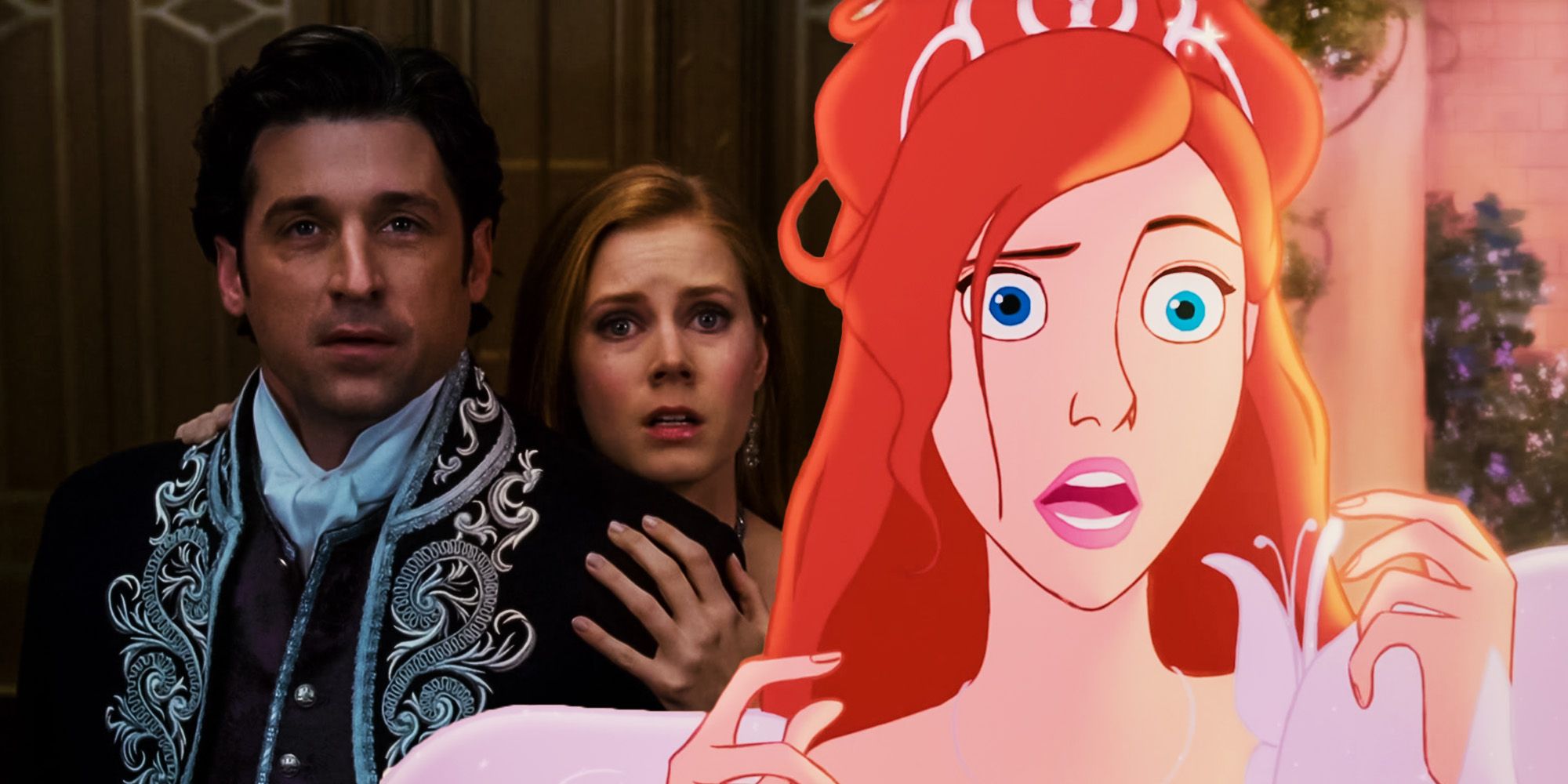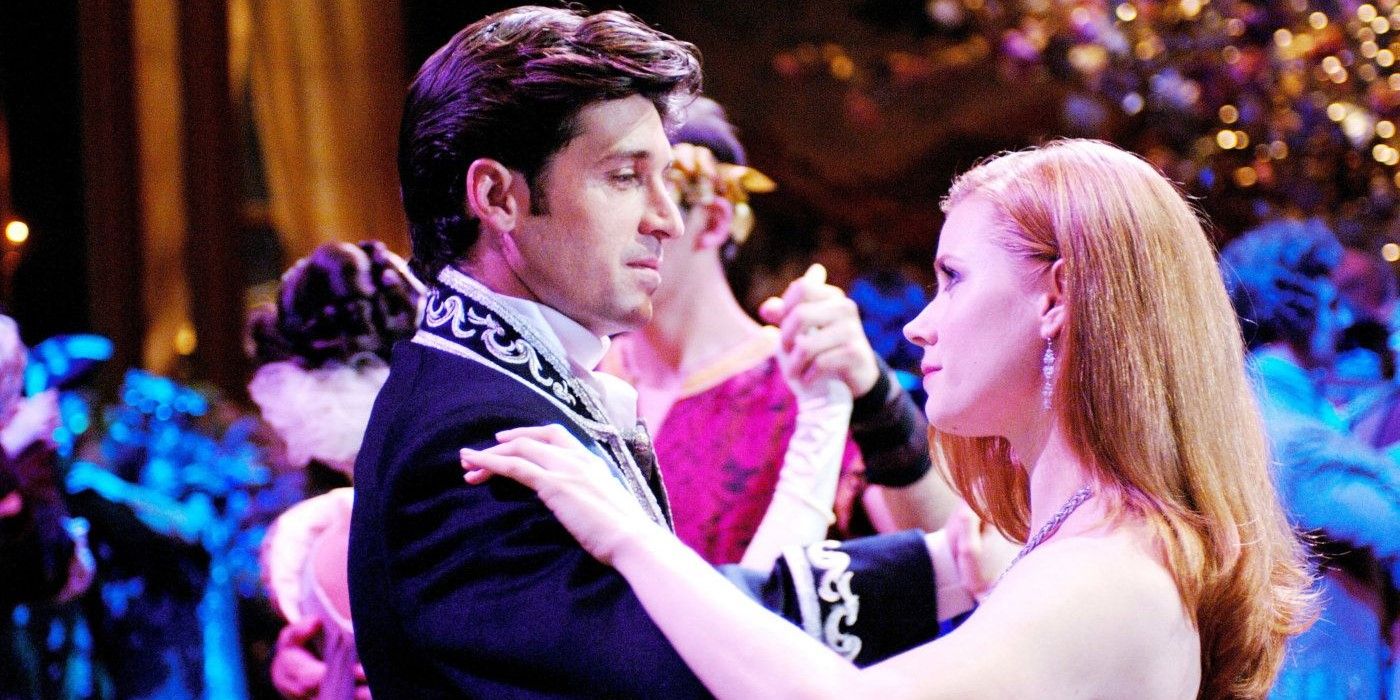Disney’s Enchanted 2, officially titled Disenchanted, presents an opportunity to prove the greatest lie of Disney Princess movies. The 2007 fantasy musical, Enchanted, parodies the traditional fairy tale narrative by including conventional Disney Princess animations along with live-action narratives of Princess Giselle (Amy Adams) in the modern, real world. After 15 years of anticipation, Enchanted 2 is ready for release. The sequel builds on Enchanted’s satirical take on princess films such as Cinderella and Snow White by challenging the notion of “happily ever after,” a tired trope that sets children up for disappointments when faced with the realities of life.
In Enchanted, Princess Giselle from the magical kingdom of Andalasia finds herself in contemporary New York City after an evil sorceress pushes her into a well. New York lawyer Robert (Patrick Dempsey) finds her and cares for her. She falls in love with this ordinary man instead of her Andalasian Prince Charming, Edward (James Marsden). The film’s protagonists defeat the evil sorceress, and the story culminates with Nancy (Robert’s girlfriend) and Giselle switching places. Nancy returns to Andalasia with Edward, and Giselle stays in New York, married to Robert and running a fashion business, an unconventional fairy tale ending but a happily ever after of sorts nonetheless. Disney’s Enchanted 2, Disenchanted, set to release on Disney+ in Fall 2022, will pick up 10 years after Enchanted’s ending.
The sequel to Enchanted can dismantle the Disney Princess archetype and prove once and for all that “happily ever after” is a lie by showing the challenges Giselle faces in her life and how she overcomes these obstacles through introspection and self-actualization. The sequel's plot synopsis indicates that Giselle questions her happiness after she moves to a new house in the suburbs with her family. When problems arise, she wishes their lives were the perfect-fairy tale. However, the spell backfires with negative consequences for both the real world and her homeland of Andalasia. Through this “be careful what you wish for” narrative, the film can send the message that there are no fairy-tale endings. The path to happiness is difficult and ongoing, unlike the messages sent by classic Disney Princess movies.
Furthermore, the plot synopsis suggests there could also be subtler critiques of the “happily ever after” narrative of prior Disney Princess movies. Perhaps the family’s decision to move to the suburb that turns out to be managed by the villain, Malvina Monroe, will provide commentary on the perils of doing what society is “supposed to do” to be happy. The quintessential American dream, the real world’s “happily ever after,” is the beautiful family living in a big suburban house with a white picket fence. However, every person is different, and this mold is not the blueprint for happiness that popular culture presents it as.
It is not yet known exactly how Giselle’s journey of self-discovery will unfold, but it looks like it could put an end to Disney’s formulaic “happily ever after” ending. The end of the Disney Princess archetype developed during the Disney Renaissance could be a game-changer in the film and television industry, forging the path for healthier representations of women and more realistic expectations amongst future generations. The upcoming release of Enchanted 2 gives Disney, the leader in children’s animated content, an opportunity for redemption. Disenchanted can foster confidence and leadership in today’s girls by proving the greatest lie of Disney Princess movies.


